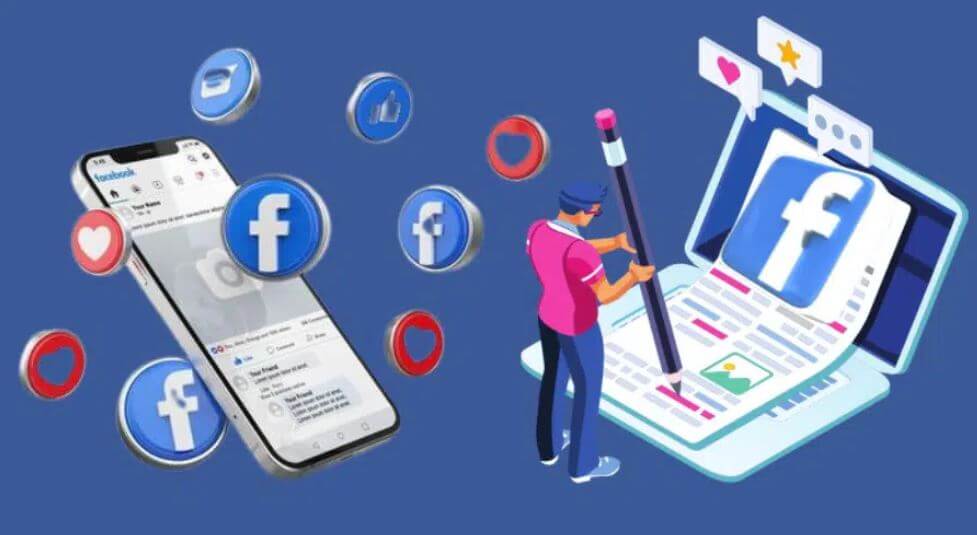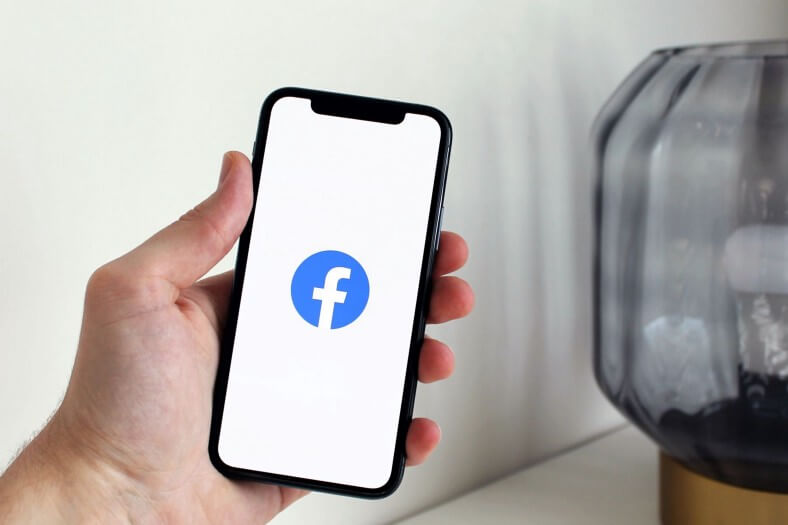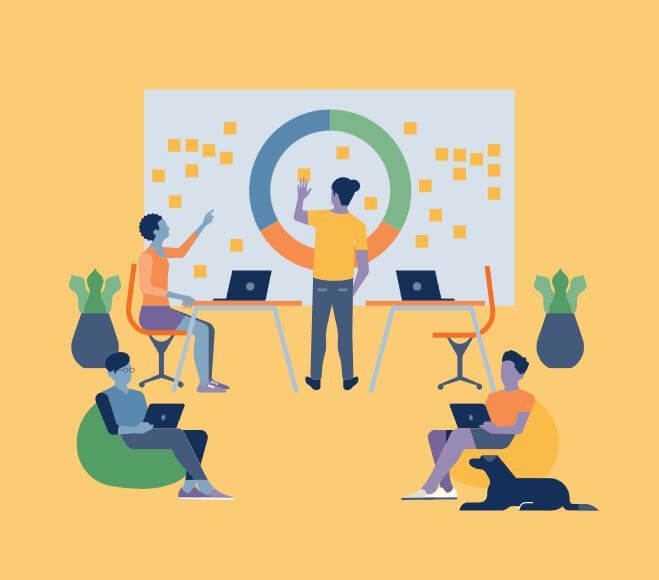New year, new Facebook trends
Facebook ads have steadily become more expensive over the years. The average CPM is now close to $11, and there are many factors that contribute this cost increase including an over-saturated Facebook marketplace coupled with too many advertisers vying for attention from similar audiences which pushes prices higher across-the-board for everyone involved in digital marketing today.
On the other hand, the organic reach has steadily declined on Facebook over the years. Brands can’t really reach people at scale unless they pay for it. Those who truly understand Facebook reach and take steps to maximize it organically end up saving a lot of money in the process.
What is Facebook Reach?
Reach is a key metric on Facebook. The social network itself defines Facebook Reach as the number of unique users that saw any content from your Facebook Page or about your Page on their device.
For example, if you like a Page, you might see a post from it in your News Feed, where you might also see suggested posts by the algorithm from a Page that you haven’t liked. Simply put, reach is a metric that adds up all of the Facebook users that saw your brand on the social network.
There are three reporting windows for Facebook reach: 1-day, 7-day and 28-day. The way numbers are reported can often end up confusing people. The reporting increment you choose will dictate what your reach looks like.
Imagine if a user saw your content multiple times over two days. They would only be counted once on each individual day if you view reach in the 1-day reporting window. However, the same user would be counted only once in the 7-day and 28-day windows no matter how many times they came across your content.
This is merely a way to represent the same performance in a different way depending on the timespan to allow for more in-depth analysis.

The main three types of Facebook reach you should keep in mind
Organic: As they say, that the best things in life are free. So is the organic reach on Facebook. This includes users who like your page, interact with your content and those that see mentions of your page in their News Feed.
Viral: Going viral online for the right reasons is the dream for every brand. It provides them with an immense amount of reach at no cost. Viral reach includes Facebook users that see your content because of a third person, like their own friends who share your posts.
Paid: Lastly, paid reach is what you pay Facebook for. Use its tools to fine tune your campaigns, target the right audiences and wait for Facebook’s algorithm to do its thing. As previously mentioned, paid reach has gradually become more expensive.
Include Short-Form Content
Create Short-Form Video for Facebook Reels
Borrowing another Instagram-first feature, Facebook launched Reels in late September 2021. These short-form videos made a splash when they launched on Instagram a year earlier so it’s no surprise that they’ve already begun to generate buzz on Facebook.
Facebook reels can last up to 30 seconds and can include a mix of video, audio, and creative effects. Similar to stories, they appear in their own dedicated panel at the top of users’ Facebook feeds, integrated into news feeds, and even in Facebook groups.
Although reels don’t have the linking capabilities of stories, they’re ideal for driving discovery, as well as growing audiences and building communities. Because Facebook is currently testing additional options like sharing reels from Instagram, advertising in reels, and monetizing reels, this is a feature you’ll want to watch.
To create Facebook reels for your business, open the mobile app and navigate to your page. Tap the Reel button at the bottom of the screen and create up to 30 seconds of video. Use the creative tools to add music, insert special effects, or adjust the speed before publishing to your page.

Image posts
The orientation (landscape, portrait, or square) will decide how Facebook chooses to crop your image.
Landscape (or horizontal) photos will be scaled to 476 pixels wide, and the height will be adjusted to maintain the aspect ratio.
When you share a link from your website to your Facebook timeline, the platform will scale the associated image to 476 pixels wide by 249 pixels tall in a feed and 484 x 252 pixels on a page. These posts pull from the link’s Open graph tags. Facebook looks at the: image tag, which tells the platform which image to use in the news feed. It’s then cropped from the top and bottom to meet the 476-pixel height. To ensure your image renders appropriately on Facebook, you need to set its parameters in your website’s code, a task that might require a more developer-minded marketer.
Portrait (or vertical) photos will be scaled to 394 pixels tall, aligned to the left with white space on the right side. The width is then adjusted to keep the aspect ratio the same.
Finally, square photos are scaled to 476 pixels on all sides, regardless of the original size. Don’t upload anything smaller than 476 pixels since Facebook will scale the size up, leading to a pixelated image.

Manage Influencer Partnerships
Influencer partnerships are also increasingly important for marketing your business on Facebook in 2022. Fortunately, Facebook has Brand Collabs Manager, a built-in tool to streamline influencer marketing. It offers a variety of helpful features, from finding the right creator for a project to disclosing your relationship correctly.
To access Brand Collabs Manager, navigate to your page’s monetization tools in Creator Studio. From there, you can find influencers to work with, make sure their audiences align with yours, and approve partners. You can also share project briefs and review analytics from influencer collaborations—without having to ask for reports.
But be aware that Facebook may be planning substantial changes to this tool. If you’re serious about influencer marketing, keep an eye on the new partnership features that Instagram announced in October 2021—as Facebook could adopt a similar approach in the future. Instagram is testing a DM folder for partnerships and an influencer finder tool for businesses, which could significantly improve the experience for both creators and brands.
Some simple steps to quickly grow your Facebook reach
Post when most of your followers are online
Recency is a big ranking factor that Facebook’s algorithm considers when deciding which posts to show users. It places new posts higher up in the News Feed. Facebook itself stresses that by posting when most of your followers are online, you have a greater chance of increasing your organic reach.
So dive deep into the audience metrics for your Facebook page. See when most of your followers are online. Use the Post scheduling tool that Facebook provides to have new content lined up to publish at just the right moment.
Really Engage with your audience
Your Facebook page shouldn’t look like a link farm. Take time out to engage directly with the people who are interacting with your posts. Facebook’s algorithm considers interactions between users and Pages as a signal.
The more a user interacts, the more often they see posts from that Page. The best way to do that is to reply to users either in the comments or through Messenger. Keep them engaged and Facebook will keep serving them your posts.
Harness the power of the algorithm’s love for live video
Facebook’s algorithm really loves live video. The social network has been increasingly giving it more importance. Brands that use Facebook Live tend to see 6x more engagement compared to regular video posts.
Not only does it provide brands with a unique way of reaching out to their community, but it also helps them extract the best reach out of the algorithm.
Sell Products via a Facebook Shop
If your business sells products online, there’s never been a better time to integrate your eCommerce with Facebook. The social channel supports eCommerce platforms like Shopify, BigCommerce, and WooCommerce so you can easily connect your online store.
Even if you don’t have an eCommerce site, you can still set up Facebook shops and sell directly through your page. Because Facebook has waived standard selling fees through June 2022 and doesn’t charge a subscription fee, you don’t have to worry about additional overhead.
To set up Facebook Shops, go to Facebook commerce manager and choose a checkout method. In addition to low-friction checkouts with Facebook or Instagram, you can complete checkouts through Messenger, WhatsApp, or a third-party site. Then you can add your product catalog, link your website, and add shipping and return policies.
Once your Facebook shop is live, you can feature it on your page for added exposure. As you post content on your page, you can also tag products so customers can browse and check out seamlessly. Plus, if or when Facebook eventually makes live shopping widely available to all pages, you’ll be ready to start selling via live stream.
For example, this @FranksRedHot Facebook post includes shoppable products. When customers click on the interactive icon, they go right to the brand’s Facebook shop. From there, they can click to browse or make a purchase on the brand’s website.
Look at these as opportunities
It’s easy to feel disheartened and think that unless you’re spending thousands of dollars on Facebook, it’s really not possible to get any traction on the social network. There are countless examples of brands who utilize these steps to elevate themselves on the world’s top social network.
This does require some trial and error. As long as you’re putting in the work and leveraging every tool that Facebook provides to improve your organic reach, it won’t be long before you start seeing some real results.
